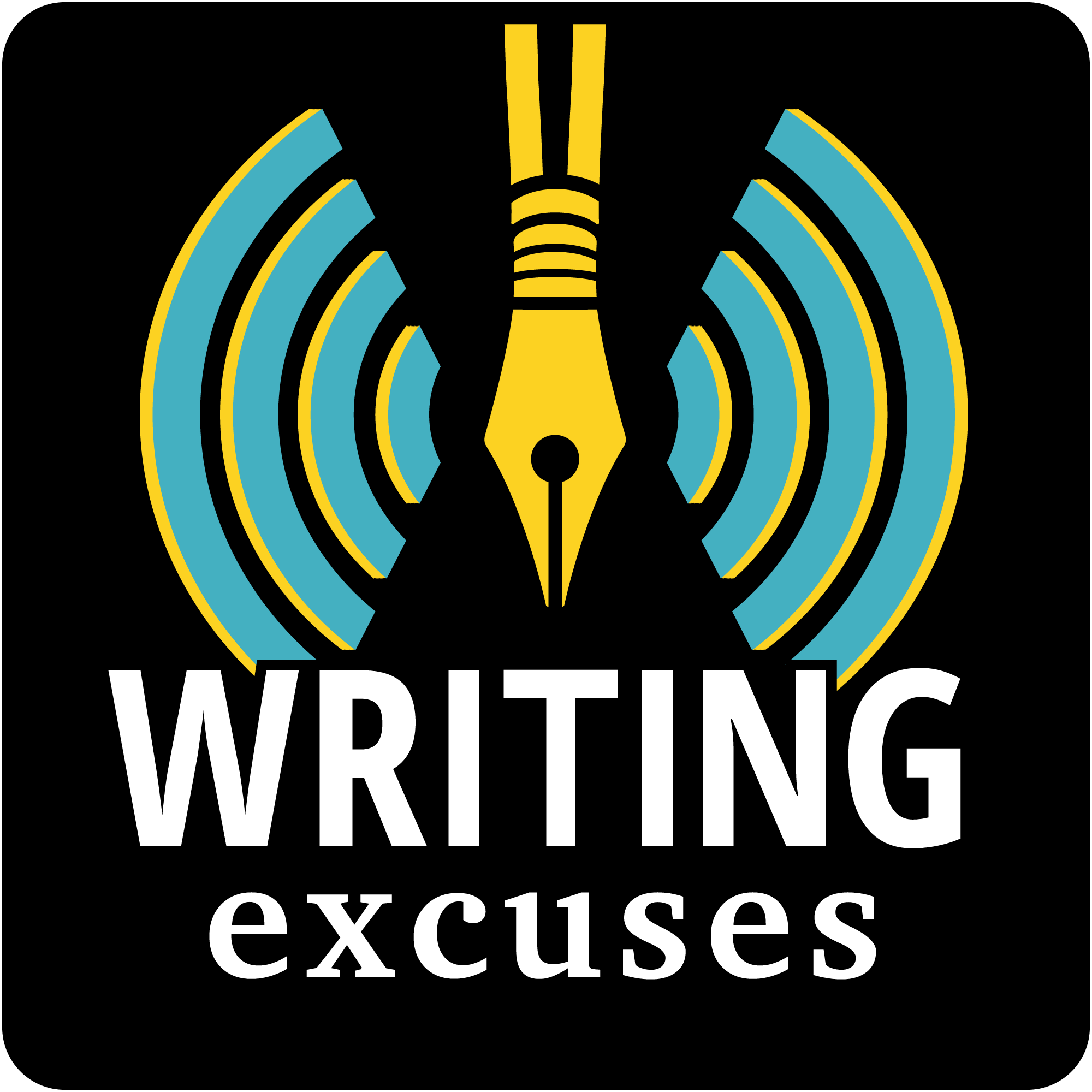Your Hosts: Dan Wells, Fonda Lee, Mary Robinette Kowal, and Howard Tayler The world of your book is most often shown to us through the eyes of the characters who live in that world. In this episode we discuss the fact that those characters have biases which will distort the reader’s perception…
Fifteen minutes long, because you're in a hurry, and we're not that smart.

